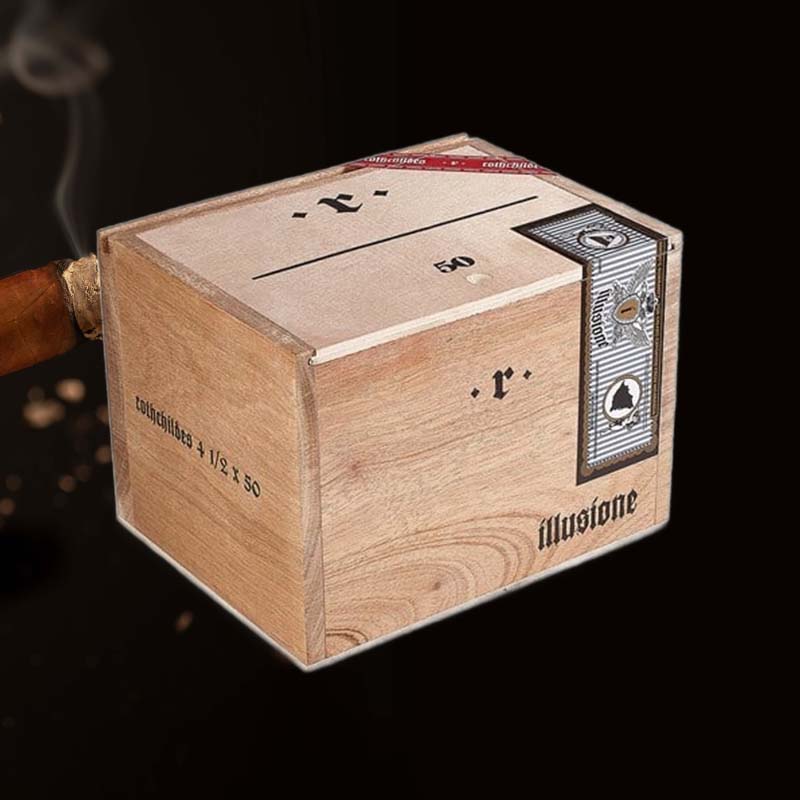Led solar torch light not working
Introduction: Troubleshooting LED Solar Torch Lights
Have you ever felt the disappointment of coming home after a long day, only to find that your beautiful LED solar torch lights are not illuminating the path to your welcome mat? I know that feeling all too well. There’s something disheartening about checking on your garden lights only to come face-to-face with darkness. It stirs a bit of frustration and I often find myself battling a whirling mixture of confusion and hope. The good news? Most issues that cause LED solar torch lights to stop working are usually easy to fix.
Common Reasons Why Your LED Solar Torch Light Is Not Working

1. It Has A Pull Tab
First things first, have you checked the pull tab? Often, new solar lights come with a safety feature to preserve the battery during shipping, and it requires you to pull a small tab to activate it. If you’ve just purchased the torch, this might just be the solution you need!
2. Depleted Rechargeable Batteries
The batteries may simply need replacing. Rechargeable batteries have a lifespan, and continued usage without replacement can lead to diminished performance. Consider this occurrence an opportunity to replace your batteries, ensuring reliable performance in the future.
3. Damaged Wire Connection Between Solar Panel and Battery
Over time, the wires can become damaged, frayed, or disconnected. A simple visual inspection can help you identify any obvious issues. If found, these wires may require careful re-connecting or replacement.
4. Faulty Light Sensor
If the sensor is malfunctioning, it may not register that darkness has fallen. This is especially common in solar lights that rely on a photoresistor sensor. Testing its functionality or replacing it can rectify the issue.
5. Interference from Nearby Light Sources
Nearby streetlights, porch lights, or even security lights can disrupt the sensor from activating your solar torch light as intended. Positioning your lights away from other light sources can be crucial for optimal performance.
6. Insufficient Direct Sunlight Exposure
Another common culprit is poor sunlight exposure. If your solar torch light is placed in a shady area, it simply won’t charge adequately. Make sure the solar panel is positioned to receive direct sunlight.
7. Water or Dust Accumulation on Solar Panels
Over time, dirt and debris can gather on solar panels, blocking the sunlight from reaching the solar cells. A quick cleaning can often restore functionality. I often grab a soft cloth and some water to wipe my torches down during my routine garden maintenance.
8. Microprocessor Glitches
Sometimes, the microprocessor controlling the solar light can experience glitches. A simple reset or temporary disconnection from the power source may resolve this issue.
9. Burned-Out LEDs
LED bulbs can eventually burn out after prolonged use. If other elements are working fine, it may just be that the LED bulb needs replacing.
10. Incorrectly Adjusted PIR Sensor Sensitivity
If your solar torch light utilizes a Passive Infrared (PIR) sensor, the sensitivity can sometimes be improperly set. Adjusting the sensitivity settings can help ensure it activates correctly.
11. Active Timer Settings
Some lights come with built-in timers. If your timer is set incorrectly, it might cause your lights not to activate during the expected hours. Check and reset any timers if necessary.
12. The Power Switch Is in the Off Position
Believe it or not, sometimes the simplest solution is just flipping the switch! Ensuring that the light is turned on can save you a hassle of troubleshooting.
How to Fix Your LED Solar Torch Light

1. Remove The Pull Tab
For new purchases, removing the pull tab is the first thing I immediately do. It’s such an easy fix, yet so often overlooked.
2. Replace & Test Your Solar Light’s Battery
I always keep a set of rechargeable batteries handy. Once I replace them, I find my solar lights work like new!
3. Inspect and Repair the Solar Light’s Wiring
A visual inspection can go a long way. If I spot damaged wires, I make sure to reconnect or replace them carefully following safety precautions.
4. Fix The Solar Light Sensor
If sensor issues arise, I often check if it’s too dirty or check for any blockages that could lead to malfunction.
5. Reposition Your Solar Lights Away from Other Light Sources
I frequently reposition my garden lights to ensure they get maximum exposure without interference.
6. Clean Your Solar Light’s Panel
Regular maintenance is essential, and cleaning the solar panel has become part of my gardening routine—it’s amazing how much dirt can pile up!
7. Ensure Your Lights Are Receiving Adequate Sunlight
When setting up, I always analyze the environment. Adjusting the angle or location of my solar torches makes a notable difference.
8. Avoid Charging Your Solar Lights Through Glass
I’ve learned that placing solar lights behind glass or other barriers can hinder charging. Always find an unobstructed spot to maximize solar gain.
9. Reset The Solar Light
If I encounter major glitches, resetting the solar light often clears away any confusing issues. It’s a simple step that works wonders.
General Troubleshooting Tips

How Do You Fix Solar Lights Not Working?
To fix solar lights not working, start by examining the pull tab, batteries, connections, and sunlight exposure. Clean the panels, check settings, and reposition if needed.
How Do You Reset a Solar Light?
Reset a solar light by turning it off for a few minutes and then turning it back on. Some models may require a specific reset sequence found in their manual.
Why Are My Solar Lights Not Working All Night?
If your solar lights don’t work all night, it’s likely they’re not charging enough during the day. Position them in a sunlit area so they can recharge fully.
Where Is the Sensor on Solar Lights?
The sensor is usually located on the front or bottom of the fixture. It can be a small circular or rectangular piece that detects light.
When to Seek Professional Help
Common Issues That May Require Expert Assistance
Sometimes, we need to admit when to seek expert help. For issues like intricate wiring problems, completely burnt-out units, or persistent sensor malfunctions, consulting a professional can save time and ensure safety.
Conclusion

Key Takeaways and Recommendations
Most issues with LED solar torch lights are manageable with a little investigation. Regular maintenance, effective positioning, and timely battery replacements are key to ensuring that your outdoor torches glow and add beauty to your space. Don’t be afraid to roll up your sleeves and troubleshoot!
FAQs
What Should I Do If My LED Solar Torch Light Still Doesn’t Work?
If your LED solar torch light doesn’t light up after troubleshooting, consider replacing the light or consulting a professional for help.
How Often Should I Clean My Solar Torch Lights?
I recommend cleaning your solar torch lights every few months or after heavy debris or rainfall to ensure maximum efficiency.
Can I Use Regular Batteries in My Solar Torch Light?
Using regular batteries is not recommended as solar lights are designed for rechargeable batteries; using the wrong type could damage the unit.
What Level of Sun Exposure Is Needed for Optimal Performance?
Solar lights perform best with at least 6-8 hours of direct sunlight each day to ensure they charge correctly.
Why is my solar torch light not working?

Solar torch lights may not work due to dead batteries, light sensor issues, lack of sunlight, or a pull tab still engaged.
Why are my LED solar lights not working?

LED solar lights may fail due to factors like wire damage, dirty solar panels, or even burned-out LEDs.
How do you reset a solar light?

Reset a solar light by turning it off and then on again after a few minutes or following the manufacturer’s reset instructions.
Why is my solar post light not working?
A solar post light may stop working due to similar reasons as other solar lights — check the batteries, sensor, and solar exposure.





